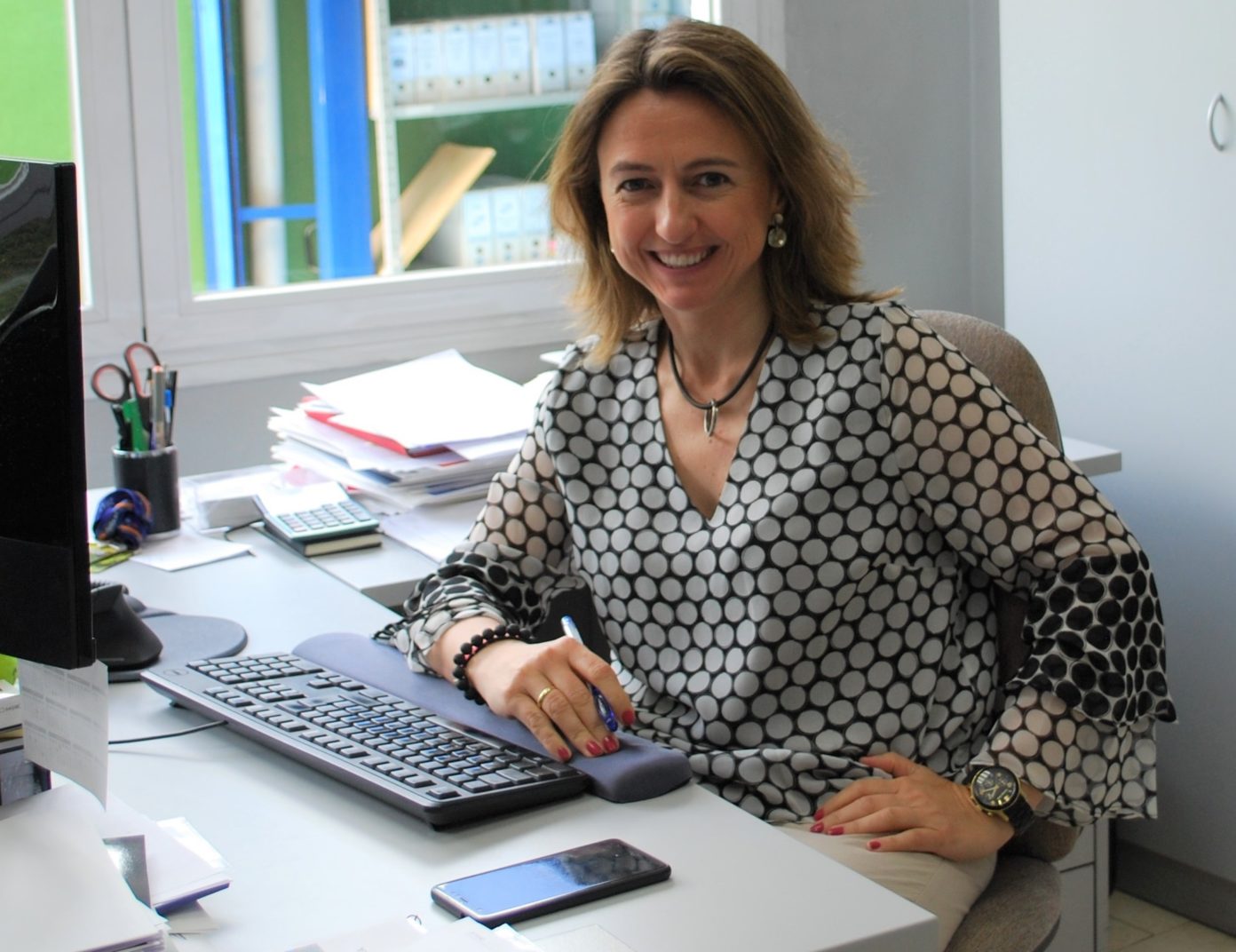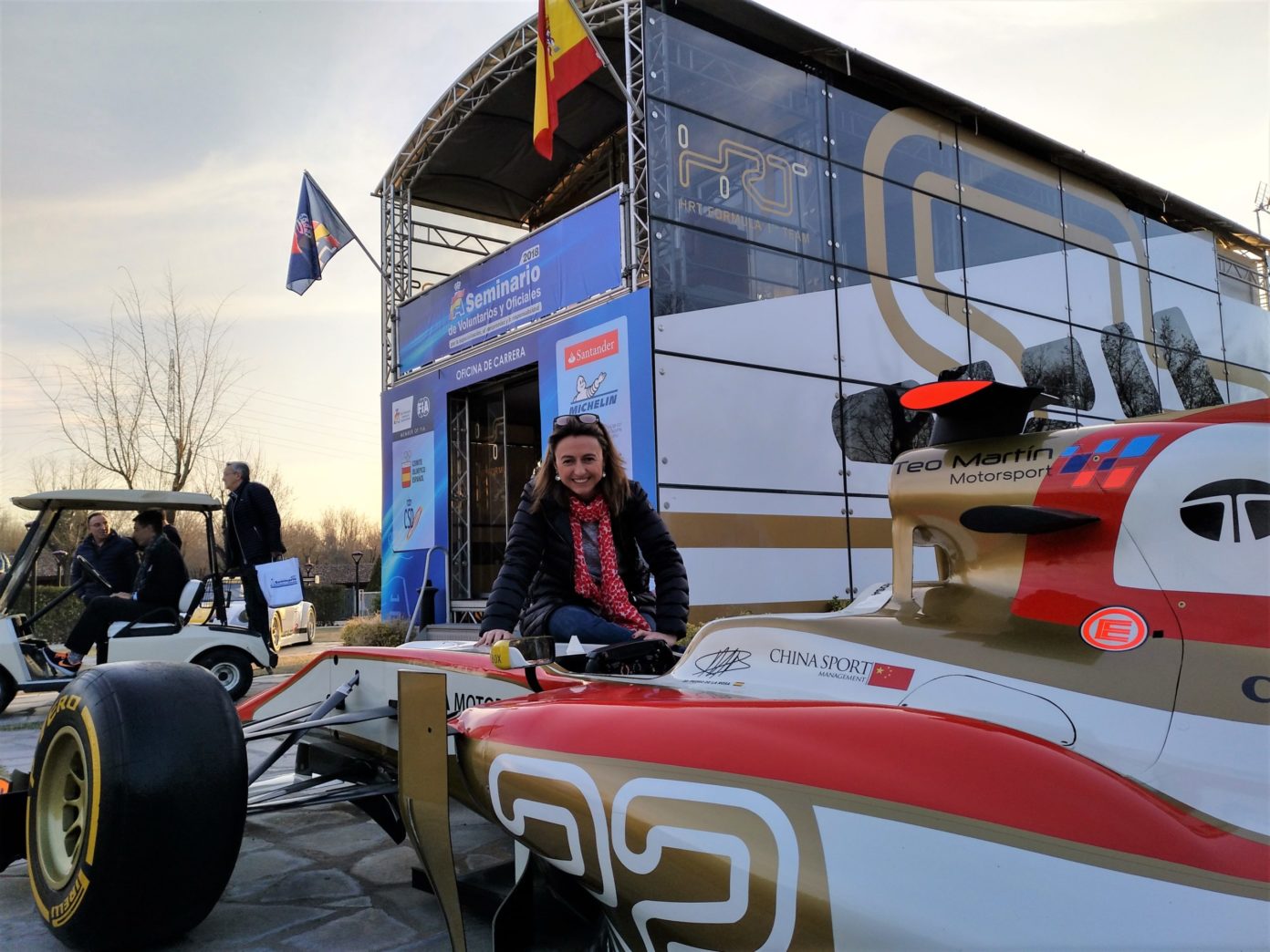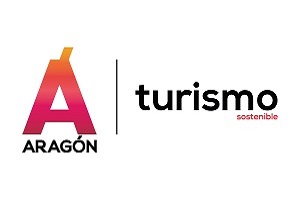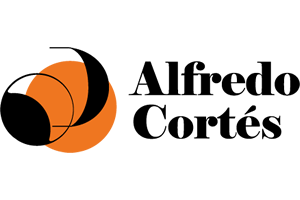What has been your career in journalism?
My passion has always been sports and communication and this has undoubtedly marked my entire career. I started at El Periódico de Aragón and later I worked in the marketing department of a multinational company. Actually, these two previous experiences, although now I have been working for the Royal Spanish Automobile Federation (RFEA Real Federación Española de Automovilismo) for 18 years, helped me a lot to forge the foundations of what I am professionally. My trajectory has been like that, starting with journalism and completing with marketing to finally be in the sport and end up in the federation.
Your passion was sport, but which one?
It was in general, I have practiced all the sports that have been put in front of me and those that I have gone to look for specifically. When I came to Madrid, the person who was in charge of the press at the RFEA had just left and that was the opportunity to get in touch with sport and communication in a professional way. It was this alignment of stars that allowed me to join the Communication Department of the Automobile Federation in 2003.
Was there any passion for motor racing?
It was not an express passion for motor racing, which has been a sport that I have loved over the years.
Was it a quick adaptation to such a specific sector?
You learn quickly. As soon as you turn this profession into your life it is easy to understand it, even being something complex as our sport is, because of technical aspects, there are vehicles, background engineering… The first years were very interesting in my communication part, I had the opportunity to meet many people that I would not have met otherwise. Not only drivers like Fernando Alonso, Carlos Sainz, but also race organizers from all over Spain, women who were making their way in a world as masculine as this one and also journalists, my world was also to relate with them and I learned a lot from them. The first years you have the intensity of when you start something new.

You arrived at a key moment for Spanish motorsport, June 2003.
I entered when Fernando Alonso won his first race, two years later his first World Championship, Carlos Sainz Sr. was still racing in the World Rally Championship, Spanish karting was an international reference… it was a really good time.
Has much changed?
Spain is still internationally positioned in motorsport at a very high level, it is rare the weekend that we do not have 20 or 30 participants competing outside our borders. There has been an evolution, just as the races and championships have evolved, but the level is still very high. We also have other positive things: there are more women competing, organizing races, acting as officials… Yes, there has been an evolution, but in my opinion it is positive. Even the bad years have taught us to look for ways to move forward.
Before talking about women’s issues …. What presence does Aragon have in the world of motor racing, how is it positioned?
Aragon is very well positioned on the motor racing map, above all because of the quality of its facilities and its organizers; it is a strong autonomous community in terms of racing. This weekend there has been an off-road race in Zuera, then of course the Baja Aragon, which is an institution in Aragon, there is Motorland, the International Karting Circuit of Zuera, the Autocross Circuit of Esplús, and there are very powerful organizers at national and international level.
MARÍA LANZÓN: “MOTORLAND IS ONE OF THE MOST COMPLETE FACILITIES, PROBABLY THE MOST COMPLETE IN SPAIN”.
And everything that moves economically.
To give an example, every time there is a karting event of the Spanish Championship, more than 150 drivers gather, who are between 7 and 20 years old on average. They are all accompanied by their families, parents, siblings, and also mechanics… It is a figure that results in hotel occupancy, consumption in the whole area of influence. In Alcañiz, every time there are races in Motorland, the hotels are full and there is a very special life.
What presence do you have in Motorland?
We go to Motorland every year because we do races in the big circuit as well as in the karting circuit, in the autocross. It is true that Motorland is one of the most complete facilities, probably the most complete in Spain; in the same space you can do several motor racing specialties.
In spite of the fact that it has been a much criticized investment.
When investments are sustainable, generate business and there is an occupation, its creation is positive.
Which motorsport discipline is your favorite?
What I like the most is karting, it is the basis of the sport, it is where the young promises start, you are in contact with the drivers and their families and it is an environment that for me is very rewarding. In Aragon there are Karting Zuera and Motorland Aragon as a reference and both have races every year. Since they were created more than a decade ago, both have hosted international competitions of the highest level. Carlos Sainz has raced in Zuera and Alcañiz, and also Max Verstappen, George Russell… Any young driver of Carlos Sainz’s generation who competes in F1 has raced in Zuera. This is very significant.
MARÍA LANZÓN: “ANY YOUNG DRIVER OF CARLOS SAINZ’S GENERATION WHO COMPETES IN F1 HAS RACED IN ZUERA”.
In this time there have been two presidents in the RFEA. I suppose you have been asked this question many times, but… how does a woman assert herself in this sector?
You make your work count with your day-to-day work, earning people’s respect, giving results, being decisive… Although the majority of the presence is male, you earn trust with your daily work. I attach great importance to personal relationships.
How many women are working in motorsport?
As far as federated women are concerned, at the end of 2019 we had 1,800 women in motorsport between athletes and officials. Slightly more than 800 are officials, who are those who act as referees, technicians, sports commissioners, race organizers, medical issues… On the total, women are around 11 and 12%, it is a reason for satisfaction because the trend is upward, 15 years ago they were 5%.

The presence of women in the automotive world has been evolving. From being almost null, to being only models, to occupying managerial positions, how has it changed?
Yes, besides, those stewardesses did not have a motor racing license and did not add up to female participation. There used to be some women organizing races, or drivers and co-drivers in some clubs, but they were counted on the fingers of one hand. It is true that in recent years it has become more professional and there is something very important, it is not only to see officials or women drivers and co-drivers, there are more and more female engineers and mechanics. This is interesting because it is inspiring for girls who need to see themselves reflected for the future.
Does the federation work on this?
One of the objectives we have, especially from the Women and Motorsport area, is to make visible the presence of women in any area of racing, in any facet that has to do with motor racing. There are engineering and mechanics schools that in addition to having their teams have their schools that offer studies such as masters and postgraduate degrees that have to do with engineering and racing mechanics. They all try to promote the female presence because it is true that it is a minority. What we encourage in the RFEA is that people, both men and women, participate more and more as officials.
You are also on the RFEA board. What is the value of this double vision of communication and women on the board of directors?
I think the more possibilities you have to contribute in different forums, the more you enrich them. In this case, I do it from the board of directors, from the women and motorsport commission, the inclusive motorsport commission or from the communication direction. I would like to have a management position, beyond what it can mean on a personal level, could be inspiring for other women.
In Aragon there are many women leaders in communication who work inside and outside the community, how important do you see this female leadership for the advancement of society?
It is very important. Many times we are excessively cautious or cautious about talking about ourselves or our work. We have to talk about ourselves out loud, we have to communicate, use the loudspeakers we have to tell what we do so that other women can know what we do and know that they can fulfill their aspirations. It is important that we are not shy to tell what we do.
How do you do to give that voice and presence to women in racing?
Personally, it is something I like to do and to which I give special attention through the Women and Motorsport area. The federation has to make visible those drivers who after many years and with a lot of effort achieve an important result, have gone outside Spain to compete… The Federation has to make that work visible and it is important that their effort has an impact on society. For me, sport is the ideal environment to work on self-improvement, leadership and competitiveness.

Is it related to the Legacy of María de Villota?
It is another project that I am personally passionate about. Her legacy is more alive than ever and the values that María and her legacy championed are helping to inspire people in motorsport and beyond: the desire to excel, the spirit of sacrifice, hard work, respect… fundamental values in sport. The federation started a project with the legacy in 2019 to help sensitize the motor racing family to the social issue, with the need to collaborate with families at risk of social exclusion.
You left Zaragoza to study and ended up in Madrid for love. What was it like for you to leave Zaragoza?
Zaragoza and Aragón are my roots and I will always be proud of them. I am lucky to be very close with the AVE and with the car, but the reality is that you live far away and you miss many things, especially the human side, such as family and friends … but also the more mundane aspects such as moving around the city on foot or the culture of tapas and appetizers, that more street life of Zaragoza that for me is priceless.
Do you recommend a restaurant where to eat in Zaragoza?
El Palomeque.
A weekend plan in Zaragoza
My perfect plan in Zaragoza is to walk with my father through the Casco Viejo, because my father is the best encyclopedia you can find in Zaragoza. I love to listen to the history of Zaragoza told by him.
Place, history…?
I’m fascinated looking at the Mudejar cloth of La Seo, I don’t know what it has, but whenever I go to Zaragoza I always try to pass by it. Also the Madalena Tower. I always try to do that route with my father.














